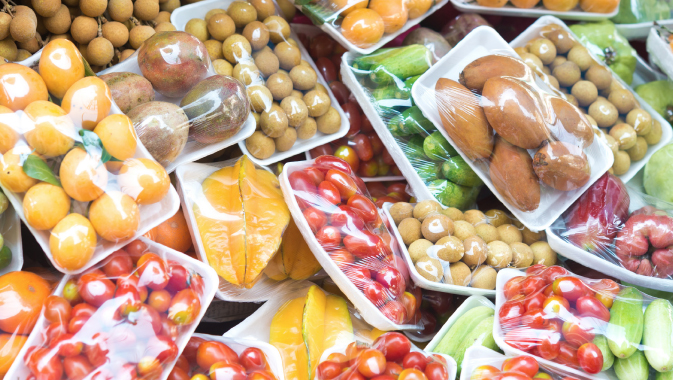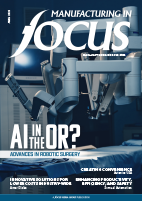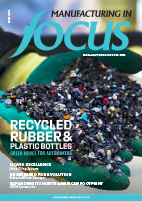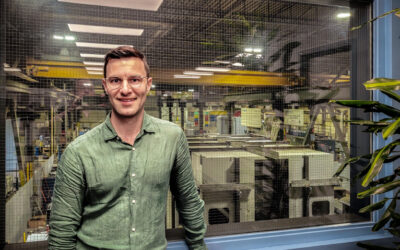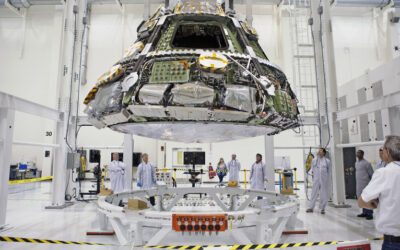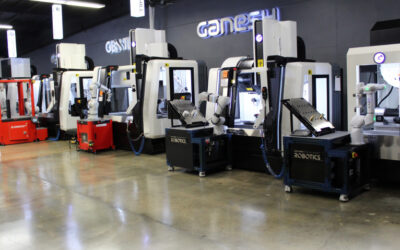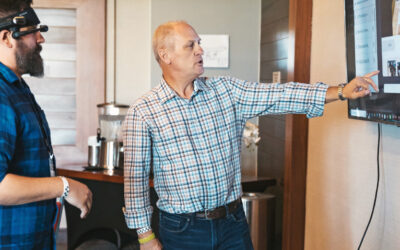Food packaging and preservation technology has adapted to emerging materials and technologies over the centuries and continues to do so. Mankind has always sought ways to preserve food, using shells, hollowed gourds and ceramic pots to store grains and transport food almost ten thousand years ago.
~
Many of us take modern food packaging materials and methods for granted. It was not all that long ago that shoppers would go to their local store and return with meat or fish wrapped in brown kraft butcher paper, milk in heavy glass bottles and fruit and vegetables in a cloth sack. These packaging products may be undergoing a revival of sorts owing to concerns about environmental responsibility and sustainability. The 1950s saw the growth of food packaging led by Styrofoam, aluminum and plastic, and these products hold many advantages for manufacturers and consumers alike.
Lightweight, durable aluminum’s rise in food packaging coincided with one of our favourite pastimes, namely eating while watching television. TV dinners (branded as ‘TV Brand Frozen Dinner’ were developed by industry giant C.A. Swanson & Sons and launched in 1953, transforming not only the way North America ate but also what and how we ate.
These pre-packaged frozen meals were a culinary marvel that required no preparation other than heating in the oven. Fully-cooked meals consisted of a protein like ‘Salisbury steak’ minced beef, Southern fried chicken or breaded fish with sides of mixed vegetables including peas and carrots and corn, mashed potatoes and a dessert, usually peach cobbler or a brownie.
Instead of mothers going to the grocery store, butcher and fruit and vegetable stand, peeling, preparing, cooking and baking these foods over the course of hours, complete meals came in aluminum trays with separate compartments. These ready-to-eat products could be consumed on one’s lap while watching TV with no dishes to clean afterward.
Sixty-five years after they took the market by storm, TV dinners and frozen foods are still going strong, and have changed to meet the needs of cooking technologies. Aluminum trays are more often used today for much larger, family-sized meals like lasagna or trays of chicken wings. With the emergence of microwave cooking, frozen food packaging changed yet again.
The first microwaves were introduced to the home market in 1967 as the Amana Radarange. These were costly and enormous and took about a decade to gain widespread popularity. Realizing this was a growth market that was not going to go away, frozen food companies began packaging meals in microwave-safe trays in 1986.
These meals, in heat-resistant plastic and later in coated cardboard trays, sealed with cellophane, were a time-saver for many consumers on the go. Instead of taking half an hour or more in a pre-heated oven at 425 degrees Fahrenheit, entire dinners could be heated from frozen in about five minutes.
Frozen TV dinners are far from the only foods benefiting from advances in food packaging technology. A trip to the local liquor or grocery store immediately reveals just how much packaging has advanced over the years.
Boxed wine was once thought of as cheap, but wine in Tetra Paks actually holds many advantages over wine sold in glass bottles. Tetra Paks were created in 1951 and were first used for liquids like milk or cream and branded with the credo that the package should “save more than it costs.”
Tetra Paks help prevent wine spoilage; they are completely lightproof, so unlike even dark glass, no ultraviolet light penetrates the package. They are much lighter than glass, are shatter-proof and chill much faster than bottles. Tetra Paks also keep in the cold much longer, a distinct advantage when serving white wine. The typical rectangle shape of Tetra Paks also allows more product to fit on shelves than with regular round bottles.
Not to be outdone, there is increased consumer demand for beer to be packaged in aluminum cans instead of glass bottles. Cans are opaque, lightweight, will not break, can be rapidly chilled and are recyclable.
In just the past few years, automation has grown beyond expectations in the food industry. Global leading companies like Rockwell Automation – with its mission “to improve the standard of living for everyone by making the world more productive and sustainable,” – stand behind a range of modern food and beverage packaging machinery and technologies. Its products make food production simple, verifiable, repeatable and faster.
Rockwell’s configurable RAPID Line Integration™ was designed and manufactured for improved reliability and energy efficiency. Companies in the food production industry face a host of challenges, from maintaining profitability while remaining cost-competitive, to food safety and product quality and consistency. Fortunately, products like RAPID Line Integration are created to optimize production and allow for greater manufacturing flexibility, integration and built-in line performance management.
Other companies in the field, such as Nuremberg-based Baumüller Group, focus on intelligent electronic drive and intelligent, mechanical engineering automation systems, service, installation, assembly and relocation. Last year at Interpack – the world’s largest packaging sector and related process industry trade fair – Baumüller introduced a new suite of packaging and industry-specific components.
In Canada, companies like Jalbert Automatisation, which has been behind hundreds of projects for food, chemical, cosmetics and pharmaceutical clients, designs and integrates food packaging solutions which help lower costs and increase productivity.
Companies are creating more products to meet consumer demand and stay competitive, and food processing and packaging technologies are on the rise. According to a recent survey for the Association for Packaging and Processing Technologies, about fifty percent of the companies questioned stated they will be boosting automation in the next three to five years. Today, over thirty percent of food processing companies and another ninety-four percent of packaging businesses already use robotics. The figures speak for themselves in terms of production speed, shelf stability, consumer demand for better quality ready-to-eat food and other factors like flexibility.
Every product requires coding and traceability, and consumers want to know where their food was grown and processed. Additionally, automation and robotics increase speed and yield greater productivity when compared to human workers. Total automation may be out of the reach of some food processing companies due to cost. However, it is often possible to integrate systems and make the change from manual data systems to computerized manufacturing execution systems (MES) to efficiently track and document the process from the beginning to finished products, increasing efficiency. And while software programs may be costly, integrating and updating systems will pay off in the long run, especially as manufacturing continues to expand into data.
Years ago, when discussing using technology to make businesses more efficient, Microsoft’s principal founder and billionaire Bill Gates said: “The first rule of any technology used in a business is that automation applied to an efficient operation will magnify the efficiency. The second is that automation applied to an inefficient operation will magnify the inefficiency.”
For food companies, automation that protects brands and increases safety and consumer confidence is necessary for success.

